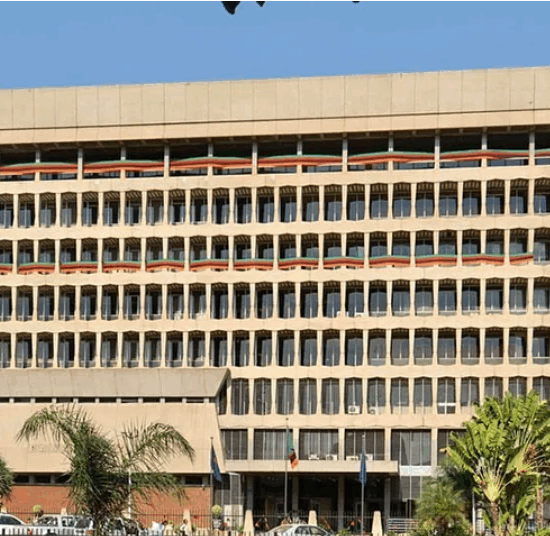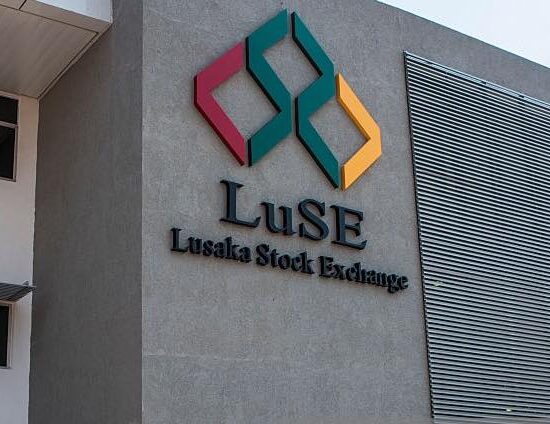
As traditional banks continue to downsize, as they struggle to grow their revenues and as close more of their brick and mortar branches, a close substitute and now considered as a viable future alternative in mobile money has continued to march ahead, is putting out more agents and post growth numbers that are jaw dropping.
And this was confirmed in Zambia by Bank of Zambia – BoZ Governor Dr. Denny Kalyalya when he disclosed that digital financial services in the country have recorded significant growth with mobile money payments posting an annual average growth of 126% in value from K2.07 billion processed in 2015 to K49.45 billion processed in 2019.
Dr. Kalyalya further said that the number of active mobile money wallets has increased over time as at end of 2019, about 14 million mobile money wallets were registered and about 4.9 million were actively transacting, representing 34% of the total registered mobile money wallets.
Speaking when he officiated at the launch of the Zambia Digital Economy Diagnostic Report in Lusaka on June 24, 2020, Dr. Kalyalya said the digital financial services landscape in Zambia has changed quite dramatically as the usage of digital channels for the delivery of payment and financial services has grown considerably.
He said the majority of commercial banks have developed and deployed mobile applications that their customers use to access financial services adding that e-money issuers are capitalizing on smart and ordinary feature mobile phones to offer financial services.
A further check my the Zambian Business Times – ZBT with sources at both Banks and Mobile money players has confirmed that though banks are offering some way to inter-operate and facilitate bank to e-wallet and Vice-versa, the situation on the ground is that there are more funds flowing from banks to mobile wallets than the other way round.
He added that the performance of other electronic payment streams such as Electronic Funds Transfer – EFT equally recorded remarkable growth, posting annual average growth of 35% in value from K21.83 billion processed in 2015 to K67.81 billion processed in 2019.
“From these statistics, it can clearly be demonstrated that there is great potential in Zambia to have more people financially included through digital channels and ultimately in the digital economy, therefore I urge all stakeholders to focus on harnessing the potential of financial inclusion through scaling up the uptake of ICT as it offers immense opportunities for providing essential financial services to our people,” He said.
At the same event World Bank Country Manager Sahr Kpundeh added that the Zambia Digital Economy Diagnostic report was prepared before Covid- 19 outbreak but it is even more relevant today primarily because given the current situation with the Covid-19 pandemic, digitalization can and had offered an opportunity for contactless business continuity, rapid and systematic data collection and efficiency, informed and transparent resources allocation.
Mobile money players have continued to expand their service offering with most companies with a high number of blue collar workers opting to use mobile money to process their payroll payments. Person to person payments are today seeing more growth and actively canibalizing the payments space once considered a preserve of banks.







